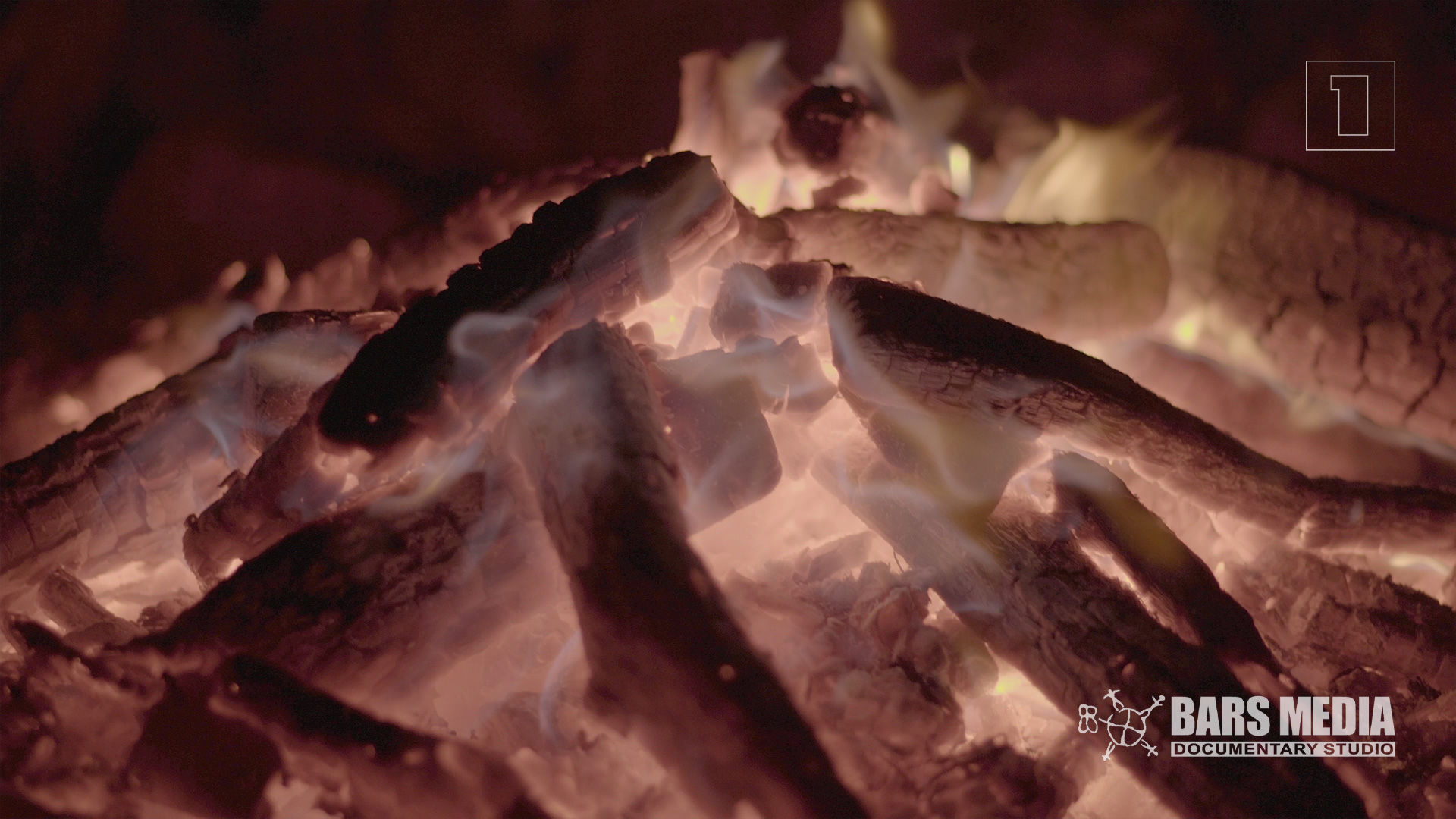I climbed up a Devil’s staircase, passing through an abandoned village. Further up I climbed, and all the way, I was being followed by a man on horseback. When we finally crossed paths, he was so nice; we talked, and were headed in the same direction, so he offered me a ride up on his horse, and wouldn’t take no for an answer. Strong, prideful and wanting to help, he fed me, and gave me directions on how to reach Karahunj, and his grandmother brought thick wool socks for me to wear with treks. My walk was slower, with more intention, but I could imagine what life was like for generations: the slow life, full of attention, taking the time to tie the shoes right, to avoid the large stone, and to relax when you can. Leaving the village, I passed kilometer after kilometer of golden wheat, and the giant trucks used to process it all. Passing an ancient, destroyed caravanserai, I entered town into a canyon again, passing an ‘’S’’ village and coming back up to Urut, it’s old Turkish name, which is now known as Vorotan: a village of natural wonder which attracts the worst of Armenia, with a giant cliff to the south, perfect for climbing, a river running through, and a warm sulfur spring in the middle. Surrounded by drunken yokels, broken glass, and garbage, the atmosphere is loud, vulgar, and off-putting. I couldn’t stay there, unfortunately. Climbing out of the village toward Karahunj, I found a nice green field with a natural spring to set up camp. I slept easy after the hot springs. The water healed my aching feet and back, and put my mind at rest.
